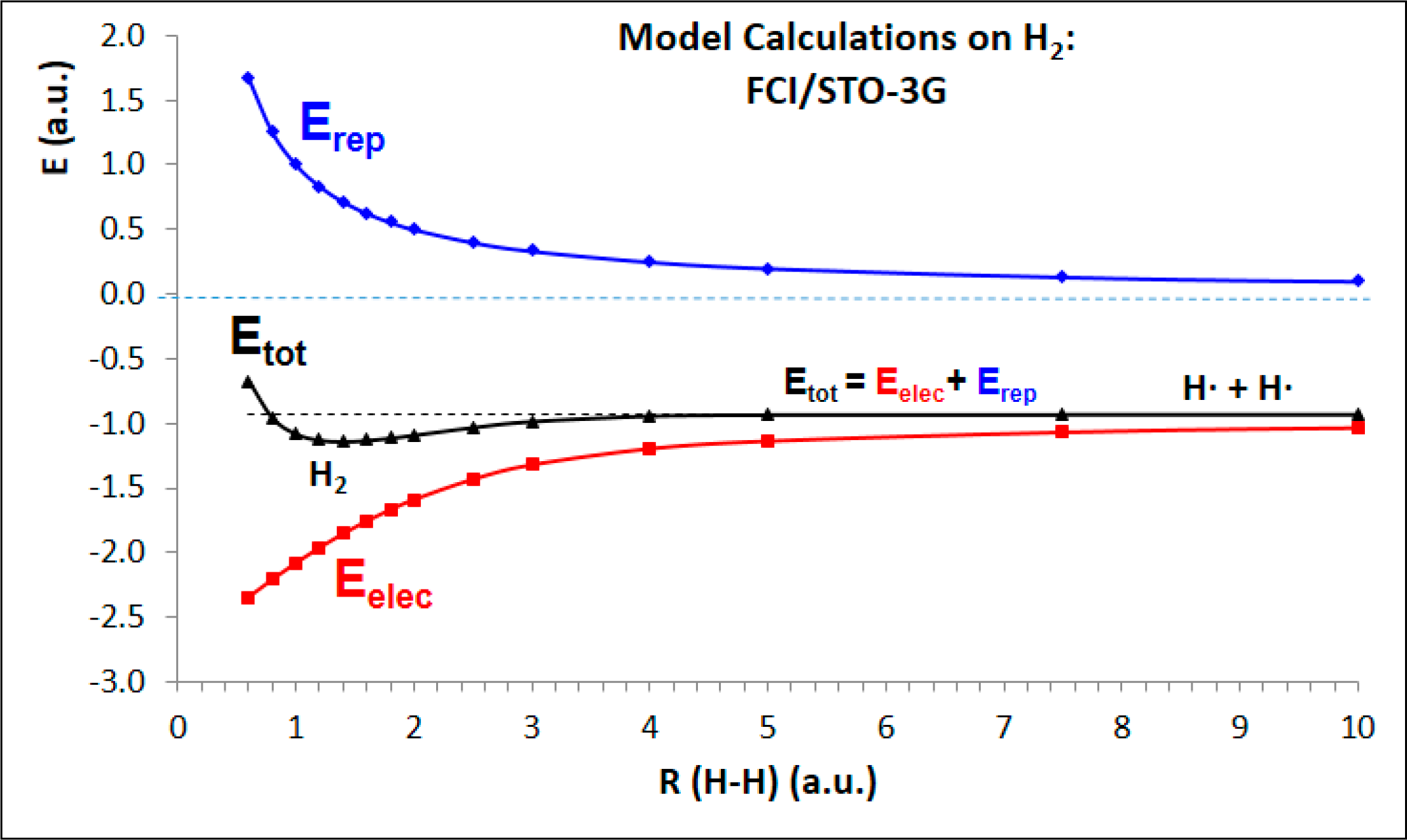
Moreover, many quantum dots emit single photons at visible to near-infrared wavelengths, where silica fibre losses are so high that long-distance quantum communication protocols become difficult to implement. Electron spins in III–V semiconductor quantum dots are among the matter qubits that allow for the fastest spin manipulation and photon emission, but entanglement between a single quantum-dot spin qubit and a flying (propagating) photonic qubit has yet to be demonstrated. Long-distance quantum teleportation and quantum repeater technologies require entanglement between a single matter quantum bit (qubit) and a telecommunications (telecom)-wavelength photonic qubit. Quantum-dot spin–photon entanglement via frequency downconversion to telecom wavelength, Nature, 491, 421–425 (15 November 2012) doi:10.1038/nature11577 The second team removed the polarization by allowing the photon to pass through a polarizing filter which forced it into an anticlockwise state which effectively erased the shared property from the particles.ġ. Doing so caused the colors to smear which was enough to remove that property from the entangled particles. To remove the color the first team ran the photon through a crystal that was also shot with a laser beam. The first team's work involved removing the color, the second, the polarization. To use the information from a (qubit) in a quantum system, only one of the two properties can be allowed to exist thus the other must be removed. It was at this stage that the work between the two teams diverged. The photon was emitted as either horizontally or vertically polarized with a wavelength that was demonstrated by either a red or blue color. Doing so caused an entangled photon to be released as the energy decayed. Next both teams also fired another laser pulse at the dot to force it to a higher energy level. They then both fired a laser at the dot to set its spin state to either up or down (representing "0" or "1"). In their labs, both teams used very small semiconductors to trap a single electron, e.g. To connect them, the researchers relied on entanglement between pairs of particles and the properties they share. In this new research, quantum dots were used to represent the stationary particles while photons were used to represent those that fly. Thus, research has been focused on building a system in which this is possible. This console also provides passive bonuses to Shield Hardness and Shield Penetration.To create a quantum computer, scientists believe it will be necessary to combine or connect stationary quantum bits (qubits) with mobile or "flying" qubits. While these compounded issues resulted in the scanner functionality of the device being abandoned, the easily-weaponized emitters found a new home in this starship defense project. However, once prototyping began, it quickly became evident that the trinary emitter-beams used to scan and receive such data caused irreparable damage to matter caught in the crossfire - an issue further confounded by the fact that without targeting parameters designed for precise weaponry, the system takes several seconds to focus on its intended target. This technology was originally conceived as a hyper-accurate long-range scanning device, capable of dissecting quantum data from distances previously unheard of. Player may only equip one of these consoles. This console can be equipped on any starship, in any console slot. Sold separately for 3,000, or sold as part of the two-ship Cross-Faction Recon Bundle 2 (T6): 4,000 (Zen Store).

Sold separately for 3,000, or sold as part of the two-ship Cross-Faction Recon Bundle (T6): 4,000 (Zen Store).The four-ship All Faction Recon Bundle (T6) for 7,000 ( Zen Store).The Console - Universal - Hyper-focusing Trinary Arrays can be obtained by the players of all four factions from the following sources: Special Ability: Hyper-focusing Trinary Arrays


 0 kommentar(er)
0 kommentar(er)
